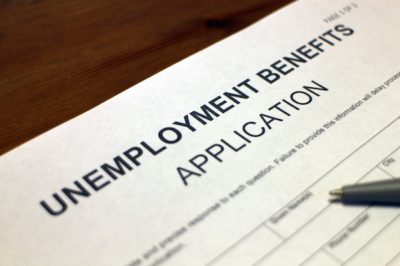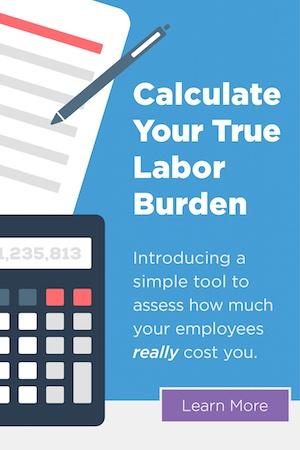For the American workforce, witnessing the United States unemployment rate spike sharply during the recent economic recession was anything but encouraging. The good news? After hitting a peak of ten percent in October of 2009, the national unemployment rate has decreased to 5.3 percent as June 2015.
The bad news? That still leaves approximately 8.3 million jobless individuals nationwide. This means that it remains critical for employers, particularly those managing small to mid-sized businesses, to understand exactly how unemployment compensation works, as well as how unemployment claims directly impact their businesses.
Unemployment Compensation 101
Unemployment compensation generally includes any amount of income received under the unemployment compensation laws of the federal or state governments. In layman’s terms, it’s money that is paid to recently unemployed people through a program administered by the government. This amount is provided for a specified period of time to those actively looking for another job.
As for the filing time frame, employees can apply for unemployment as soon as they are separated from their employer, and employers must respond by the designated deadline. Typically, the unemployed person can continue to receive benefits until the maximum benefit amount defined by the state has been reached.
How Does Unemployment Compensation Impact Businesses?
Under the Federal Unemployment Tax Act (FUTA), most employers are legally obliged to pay both federal and state unemployment taxes. These amounts are then deposited into the Unemployment Compensation Trust Fund from which unemployment benefits are allocated to eligible recipients. A company’s unemployment “experience rating” determines its unemployment insurance tax rate, meaning that the more unemployment claims a business has over time, the higher the business’s associated unemployment tax rate becomes.
Actionable Insights for SMBs…
Let’s face it. No business likes to deal with unemployment insurance. However, it’s wise to be prepared to handle this type of situation in the event a former employee files a claim. Here are five best practices your business should adhere to in order to minimize unemployment costs:
1. Follow your employee handbook. As part of your company’s human resources management plan, an employee handbook which outlines your organization’s policies and procedures should be created and copied for each employee. During the onboarding process, a new employee should familiarize themselves with the document, ask questions if necessary, and then sign a form acknowledging their understanding of and agreement with the policies outlined. This document may need to be referenced when appealing an unemployment insurance claim.
2. Documentation is critical. In order to minimize unemployment costs, any write-ups or disciplinary actions administered to an employee, as well as events leading up to the final incident which resulted in termination, should be well documented and retained in the employee’s file. The final incident should also include any first-hand witness statements. This information is very important when attempting to reduce unemployment claim charges. Moreover, accurately filling out unemployment-related legal forms with as much detail as possible in a timely fashion is absolutely necessary.
3. Facilitate a positive working environment. In relatively rare cases, unemployment compensation can also be awarded to those who have voluntarily left jobs for what could be deemed as a good cause or “constructive discharge.” When an employer facilitates a hostile working environment that makes continued employment difficult—including sexual harassment, hazardous conditions, discrimination, and a reduction in working hours—the employee who left of their own volition may still qualify for unemployment benefits. Creating a positive atmosphere in the workplace will ultimately help reduce turnover rate, and serves as a preventative measure a company can take to avoid increased unemployment taxes in the long run.
4. Hire the right people. If the business is strongly staffed in the first place, there will be fewer problems down the road. Many businesses are taking advantage of pre-employment skills testing and a number of other assessments in order to properly vet job candidates who appear qualified based on application and interview.
5. Work with a partner. Inaccuracies and inconsistencies surrounding unemployment claims and payments can take a heavy toll on small businesses. Therefore, it’s of the utmost importance that your business’s administrators and executives have a firm grip on unemployment policy and compensation—and that there is a plan in place before you need it. Partnering with a Professional Employer Organization helps to ensure that your unemployment claims management process, as well as every other HR-related area of your business, runs like a well-oiled machine.
For more helpful information on human resources for your small business, download our free Complete Guide to Human Resources eguide.


